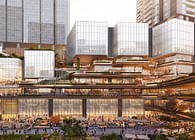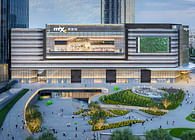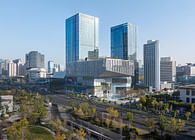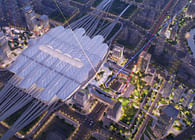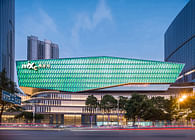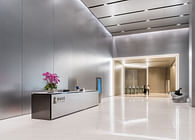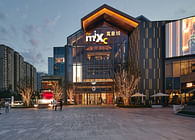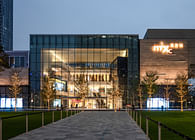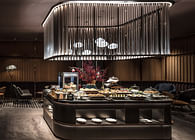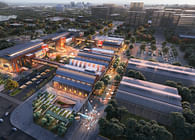
Interior design inspired by local culture
Lead8 is the interior designer behind the Far Eastern Department Store in Zhubei, Taiwan, China, a development that goes beyond retail design to also become a platform for cultural inheritance.
The department store is spread over eight above-ground levels and two basement levels with a design that has taken inspiration from the importance of celebrating local culture, innovatively reimagining spaces using key values and elements of the Hakka culture.
Hakka culture is a dominant part of Hsinchu with Hakka family groups accounting for over 80% of the total population. The design team interpreted elements from the local culture through the use of colour, texture and lighting, and transposed them into different settings with each of the floors presenting different themes and experiences for visitors.
The Tulou, traditional in Hakka architecture, is a major inspiration within the development, with the designers introducing a Tulou roof structure to crown the top floors and atrium. The traditional architecture symbolises a ‘roof over everyone’, protecting from rain and sun, and becoming a gathering place for the community. Above the structure, a ceiling roof with LED screens mimics an open sky above the interiors.
On the same top floor, a traditional ‘Hakka Old Street’ enlivens the interior atmosphere, with its characteristic red brick façades, replica wooden doors and windows, flower lanterns and flooring retaining the old charm of local restaurants and cafes. The reproduction of the ‘Hakka Ancient House’ allows visitors to immerse themselves in the cultural history with the opportunity to walk through, dine, shop and dwell within the heritage experience.
Traditional bamboo weaving is a technique that has been passed down through generations in Hakka culture. As part of the interior design, the concept has been transposed into feature walls, column motifs and signage elements across the scheme. Tea culture also plays an important role in cultural terms. The interior material palette has been inspired by the Hakka teahouses and tea preparation rituals. Wood, tea colours, fragrance, and greenery are all used to express relaxing and intimate spaces for the basement food and beverage (F&B) areas.
The design and zoning of the project has also provided a background and framework for different tenants to express their brand identity fully; allowing their own styles to coexist harmoniously. The team also collaborated closely with Japanese art master Shinji Ohmaki to incorporate the ceiling artwork on the second level into the overall design.
The development also makes efforts to be environmentally aware. The scheme has obtained a gold-level green building certification. Aided by the building material selection and functional design, the development is able to save approximately 20% on electricity consumption and 30% on water consumption.
Status: Built
Location: Taipei, CN
Firm Role: Interior Design






